Why Western conspiracy theorists are denying facts about Armita’s case
By Xavier Villar
In recent days, another event has placed Iran in the Western media spotlight: the case of the 16-year-old girl Armita Geravand, who fainted at a subway in Tehran and is currently hospitalized.
For anyone who follows the news in Iran even minimally, it is evident that Armita’s story is strikingly similar to that of Mahsa Amini, the 22-year-old Iranian woman who passed away last year, the way Western regimes and their media outlets have sought to push their anti-Iran propaganda.
In the case of Armita, once again, Western media has been pointing fingers at the Iranian government.
Much like in the case of Amini, the focus remains on the young woman's dress code and her alleged “encounter” with members of the “morality police” inside the subway.
The crucial point to consider here, much like in the previous case, is that all the necessary elements are once again deployed to depict the Islamic Republic as the "other" of the "truth."
In this discursive perspective, Iran is perceived as a place where accessing or expressing the truth is deemed impossible, which is actually far from the truth.
This can be interpreted through a colonial and civilizational lens, a vestige of the Orientalist paradigm that posits the Eurocentric view as the only one with unlimited access to "truth."
In Armita's case, the explanation provided by the Iranian authorities, which refers to the drop in blood pressure followed by a head injury, has not been taken into account by Western conspiracy theorists.
This explanation does not contradict the only available footage from a security camera located on the subway platforms, where it is seen that two of the young woman's friends remove her from the carriage, seemingly unconscious.
Her friends have already spoken to the media about what happened in the train wagon, and how she collapsed and was taken out and immediately shifted to the nearest hospital.
It's important to remember that seeing is not merely a mechanical act. As author Sara Ahmed points out, seeing involves a political decision about what is seen and what is left behind and to the sides, thus remaining outside the range of vision.
It's important to consider that racism permeates white perception in such a way that the visual field is not a neutral space without racial implications.
There are numerous examples of this "racial vision." For instance, the Rodney King trial, where an African-American was brutally beaten by a group of white police officers in Los Angeles in 1991, demonstrated that in many cases, visual evidence is not taken into account when racialized bodies are pushed to the margins.
Even the most impactful images, as in the case of King, do not necessarily serve as unequivocal proof of American police brutality.
Numerous examples can be found in the United States where the police often manage to evade criminal charges or convictions despite the presence of visual evidence of police brutality.
An example of this is the case of Eric Garner, whose video footage shows him being surrounded by police officers who ultimately put him in a chokehold for allegedly selling cigarettes illegally.
Despite the clear use of excessive force, and evidence to support that, the grand jury did not bring charges against the officer responsible for his brutal death.
It's also crucial to address the myth surrounding the mechanical objectivity of the camera. Instead, as John Berger expressed, "the way we see things is influenced by what we know or what we believe."
The objects we observe in videos and photographs acquire meaning through our experiences and knowledge of the world.
Our way of seeing is, at least in part, determined by racial ideologies that function to define who is a recognizable subject and, consequently, whose vulnerability matters.
This entire network of political and racial meanings causes the images of Armita on the Tehran subway to transcend what those same images depict and acquire a meaning that is predefined and unrelated to the images themselves.
Seeing is never a mechanical process; it's always intertwined with the political.
In this case, viewing the images of the young Iranian woman on the Tehran subway platform is a process that, as seen, is organized around a series of political and racial issues.
Images acquire meaning when they are integrated into a discourse. What Western media is presenting is not simply a few seconds of security camera footage. They are presenting a discourse filled with biases and distrust towards any statement made by the Islamic Republic authorities.
If a girl is unconscious on a subway platform in Tehran, it is evident, according to Western media, what has happened. Seeing is not necessary to believe, at least in their case.
Xavier Villar is a Ph.D. in Islamic Studies and researcher who divides his time between Spain and Iran.
(The views expressed in this article do not necessarily reflect those of Press TV)

US campuses erupt in protest as ex-Israeli PM tours to whitewash genocide

Iran's ‘Natural Resources Week’ and the road to green and sustainable future

Arab League summit: Opportunists and collaborators posing as champions of Palestine
Hamas official: Israel continues its policy of collective punishment against Palestinian people
VIDEO | Press TV's news headlines
VIDEO | 38th African Union Summit
VIDEO | Why should we fight Israel?
VIDEO | 'Israel uses aid entry as leverage in negotiations'
VIDEO | Gaza agricultural collapse: Food security dire issue
VIDEO | Calls grow for self-reliance as USAID cuts funds to India’s welfare programs
Resistance forced Israel to accept ceasefire: Hezbollah






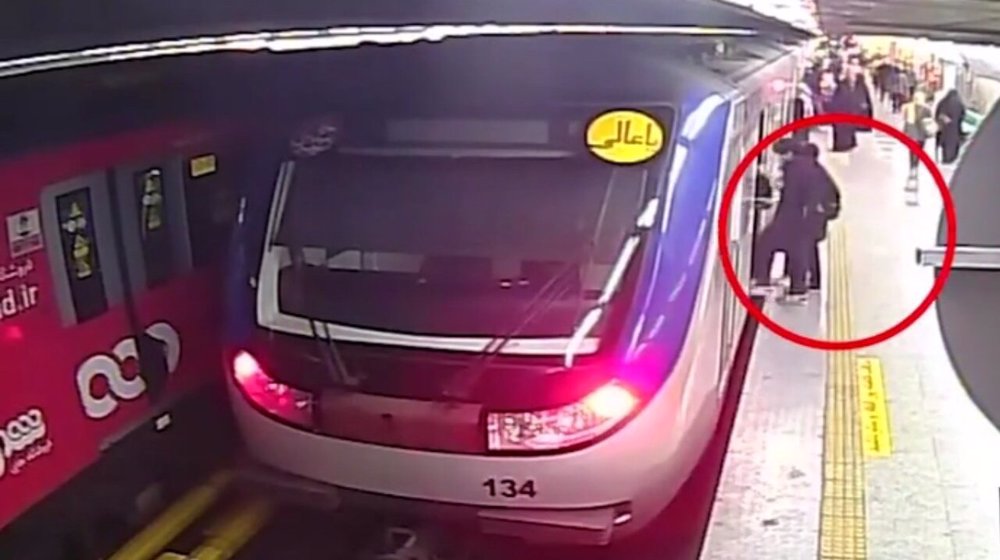
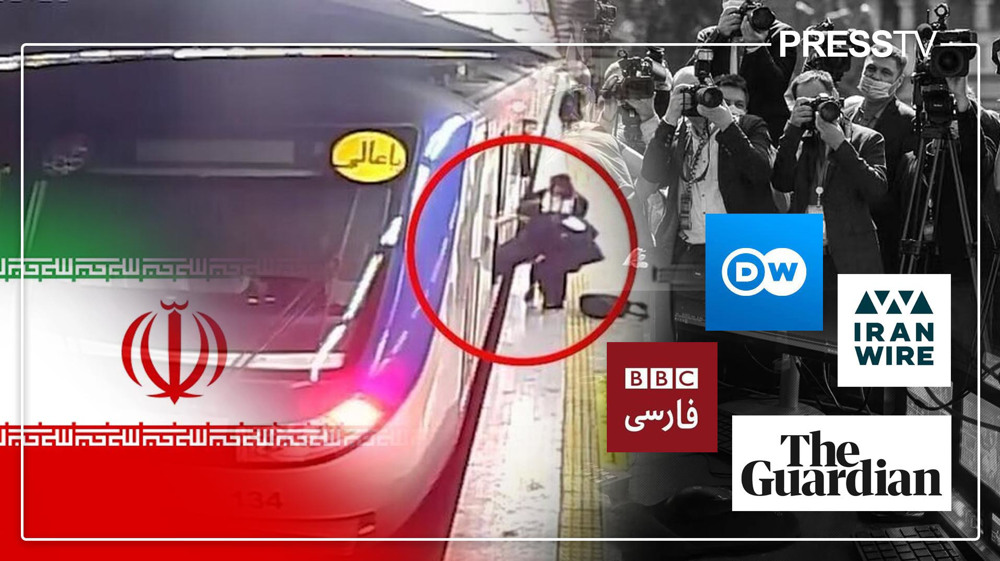
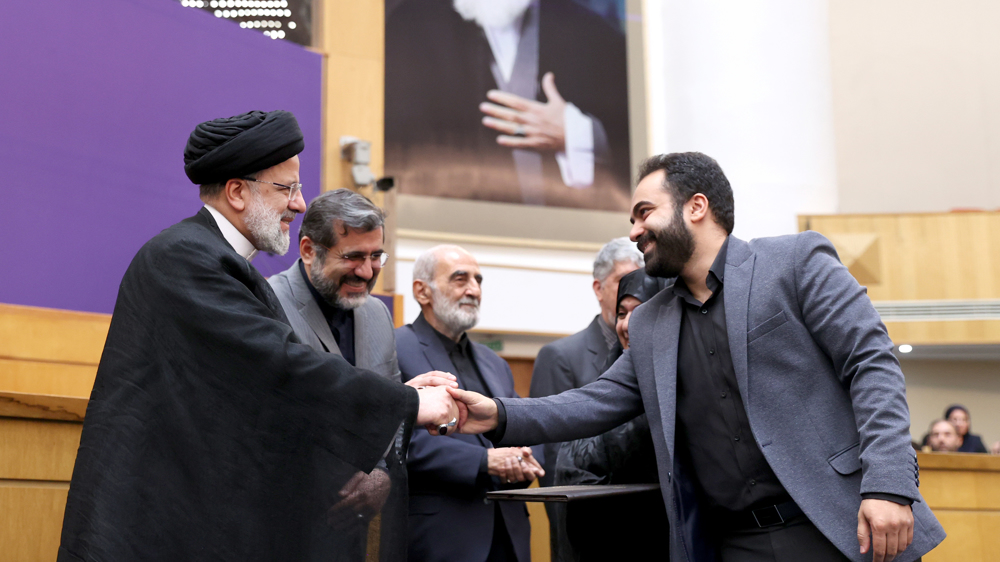
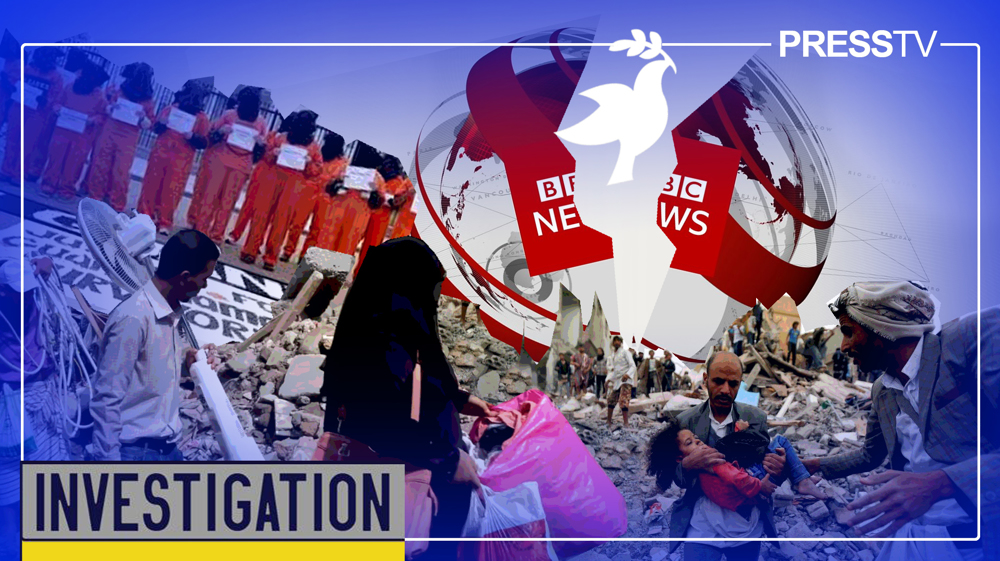
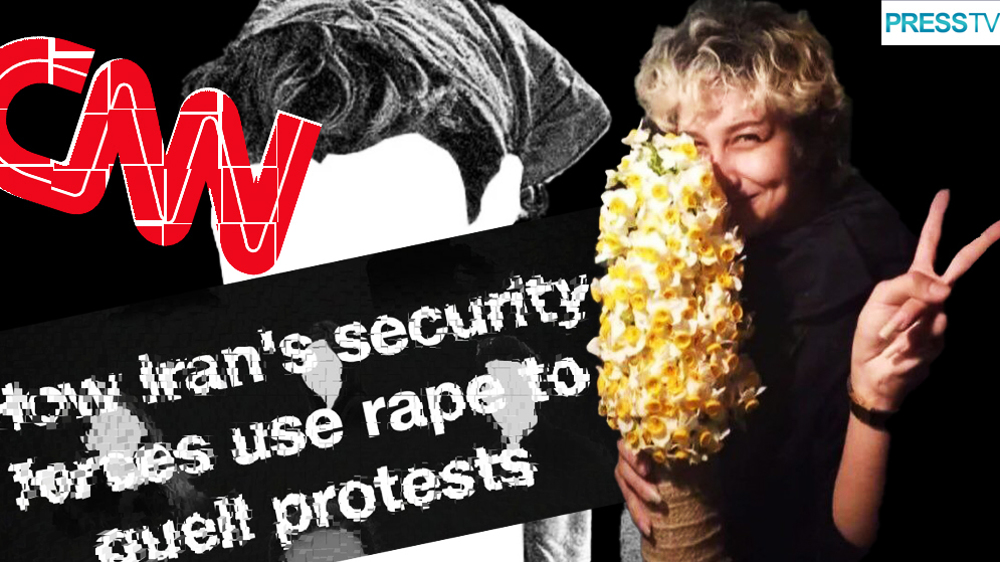

 This makes it easy to access the Press TV website
This makes it easy to access the Press TV website